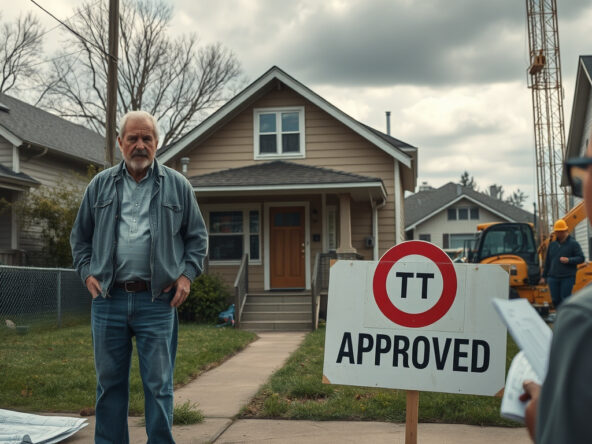Better HMO Financing Options Available
Investors update. Property experts—those exploring HMOs—receive altered financing protocols. Landlords, both beginner and experienced, see capital parameters recalibrated. Terms exist in tight adjacent links: investor seeks funds; funds, tethered to property value, supply liquidity; conditions, fixed and variable, bind risk and reward.
Increased Loan-to-Value Ratios
Loan ratios shift. For HMOs with up to six sleeping quarters, banks assign 75% of market or vacant possession value. Formerly, a 65% cap governed funds. Borrowers gain funding when property worth guides algorithmic thresholds. For dwellings whose scale exceeds seven rooms, lenders set a 70% cap. Investors in larger multi-let structures now access heightened fiscal pathways. Market data, property metrics, and risk assessments cohere closely.
Competitive Fixed Rates and Higher Borrowing Limits
Fixed interest terms contract. A five-year fixed term now calculates at 5.45%, a figure determined by quantitative models. Borrowing limits extend to £3 million per property. Financing now applies to units with up to 20 rooms, a revision from the prior 12-room condition. Lenders permit total cumulative exposure of £10 million across all HMOs, provided rental performance metrics register consistent. Capital, room counts, and rate models interact in compact dependency.
Conclusion
Investor parameters shift amid evolving market structures. Lending criteria and borrowing ceilings interlock with property valuation and occupancy data. Prospective landlords, with verified rental histories, confront complex yet tightly bound options. Market dynamics and regulatory algorithms combine in a system where investment and finance operate in immediate, recursive dependencies.



